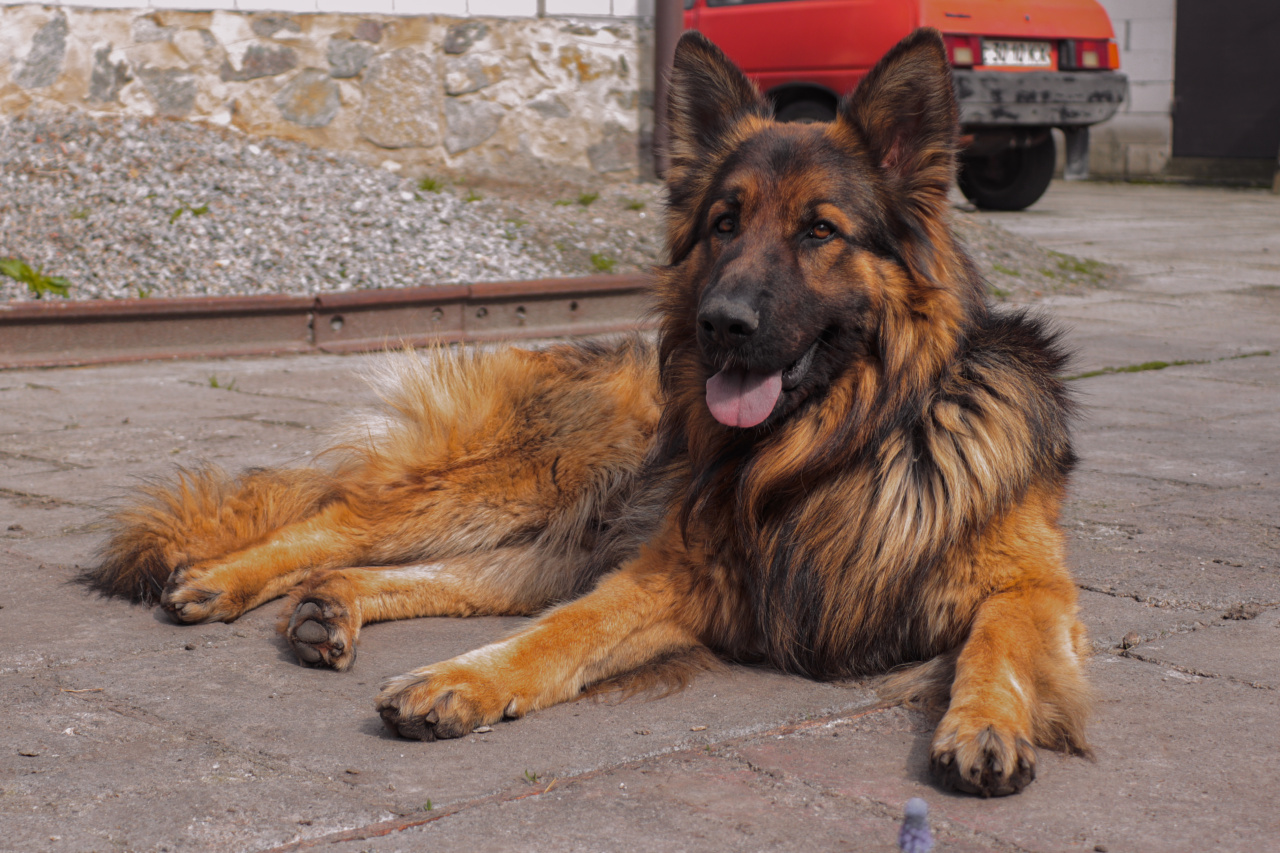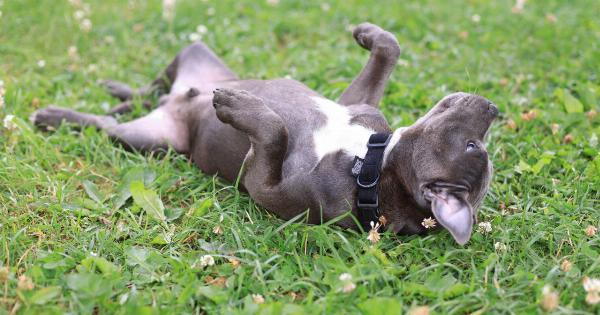Big dogs have always been an interesting topic. They are fascinating creatures that we love to be around, take care of, and play with, but they are also powerful creatures that can be intimidating if we don’t understand them.
Understanding their physical prowess is essential for us to provide them with the care and lifestyle they need and deserve. This article will explore their physical features and capabilities.
Their Size and Weight
Big dogs come in various sizes and weights, depending on their breed. Some of the biggest breeds include the Great Dane, Bernese Mountain Dog, Saint Bernard, and Mastiff, which can weigh up to 200 pounds or more.
These dogs have large bodies with enormous muscles, which gives them the power they need to move their massive frames, as well as the strength to protect themselves and their families.
Their Strength
Big dogs are incredibly strong, and they can pull unimaginable weights. They are used for various jobs worldwide, such as search and rescue, police work, hunting, and even as service dogs. Their strength is not only physical but also mental.
They are intelligent animals that can be trained to obey commands and perform activities that require endurance and stamina.
Their Movements
When we think of big dogs, we often picture them running and playing. They are indeed playful and energetic, but they are also agile creatures that can move with incredible speed and precision.
Their movements are a combination of strength and flexibility, allowing them to chase after prey or catch a moving object with ease. They have a sense of balance that enables them to jump high and climb over obstacles.
Their Jaws and Teeth
Big dogs have powerful jaws and large teeth that can cause significant damage if they feel threatened or are upset. Their bites can exert a lot of pressure, which can be more dangerous if the dogs are not trained properly.
However, their jaws and teeth are also essential for their everyday activities, such as chewing their food, playing with toys, and even grooming themselves.
Their Coat and Fur
Big dogs have a thick coat that protects them from harsh weather conditions, such as cold or heat. Their coat can also make them look even more intimidating, which can be a useful tool for guarding and protection.
Their fur needs regular maintenance and grooming to keep it healthy and clean. Brushing their fur regularly can help keep them free of mats, tangles, and other skin problems.
Their Health and Care
Big dogs require regular exercise, as they need to keep their muscles and bones healthy. They also need a balanced diet and plenty of fresh water to stay hydrated. Regular veterinary check-ups are essential to ensure they are healthy and in good shape.
Some big dog breeds can be prone to specific health issues, such as hip dysplasia or bloat, and it is essential to be aware of these issues and take preventative measures.
Their Temperament
Big dogs are often stereotyped as aggressive or dangerous, but this is not always the case. Their temperament and behavior depend on various factors, such as their breed, early socialization, and training.
They can be loyal, gentle, and loving, making them perfect family pets if trained and socialized correctly.
Their Role and Responsibility
Owning a big dog comes with tremendous responsibility. It is essential to understand their physical capabilities and needs, so we can provide them with the best care possible.
Big dogs are not just pets; they are family members that need love, attention, and proper care.
The Conclusion
Big dogs are amazing creatures that can provide us with companionship, protection, and service. Understanding their physical prowess is vital to provide them with the care and lifestyle they need and deserve.
By educating ourselves about their size, strength, movement, coat, health, temperament, and role, we can become better owners and give these incredible animals the love and care they deserve.





























